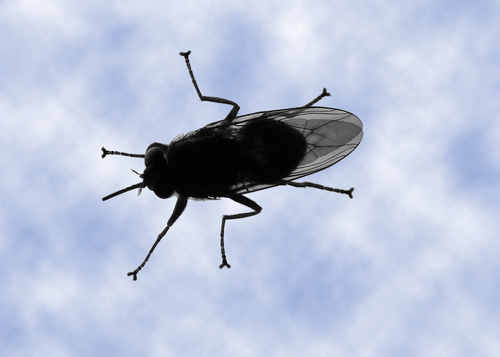Scientists in Dundee have made a major breakthrough in identifying new treatments for a disease that kills more than 30,000 Africans each year.
Tse-tse flies pass on parasites when they bite their victims, infecting them with sleeping sickness which, if untreated, causes sufferers to slip into a coma and die.
There are currently two drugs available to treat the disease but one is arsenic based and can be fatal, while the other is administered intravenously, requiring painful hospital treatment.
Building on discoveries that kill the parasite causing sleeping sickness, Dundee scientists are “optimistic” they will have a new drug ready for testing in humans in about 18 months.
Sufferers will be able to take pills at home cutting treatment time from a month to four days.
The Dundee team took up the challenge from the World Health Organisation (WHO) to find a safe drug that could be easily administered and would treat all stages of human African trypanosomiasis (HAT), commonly known as sleeping sickness.
Professor Mike Ferguson, who established Dundee University’s drug discovery unit with Professor Alan Fairlamb, said the existing treatment that tackles the later stage of the disease after the parasite has entered the brain “makes grown men weep.”
He said that without treatment death was inevitable, but with treatment the majority of patients did recover.
“But the ones that are okay will have been through the most horrendous therapeutic drug regime,” said Professor Ferguson.
“We would be very happy if we could replace that therapy, which requires intravenous infusions in hospital over a period of a month, with a set of tablets.
“You take two a day for four days that would be a big step forward.”
The Dundee team, working with international scientists, are well on the way to achieving that goal.
The scientists have discovered a way to kill off the infected parasites causing HAT, and have developed a drug treatment for the early stage of the disease, but are now aiming higher to find an easily administered drug that will tackle all stages of the disease.
Their findings are published in the latest edition of Nature, the world’s leading scientific journal.Picture courtesy of Flickr Creative Commons user David Dennis.
